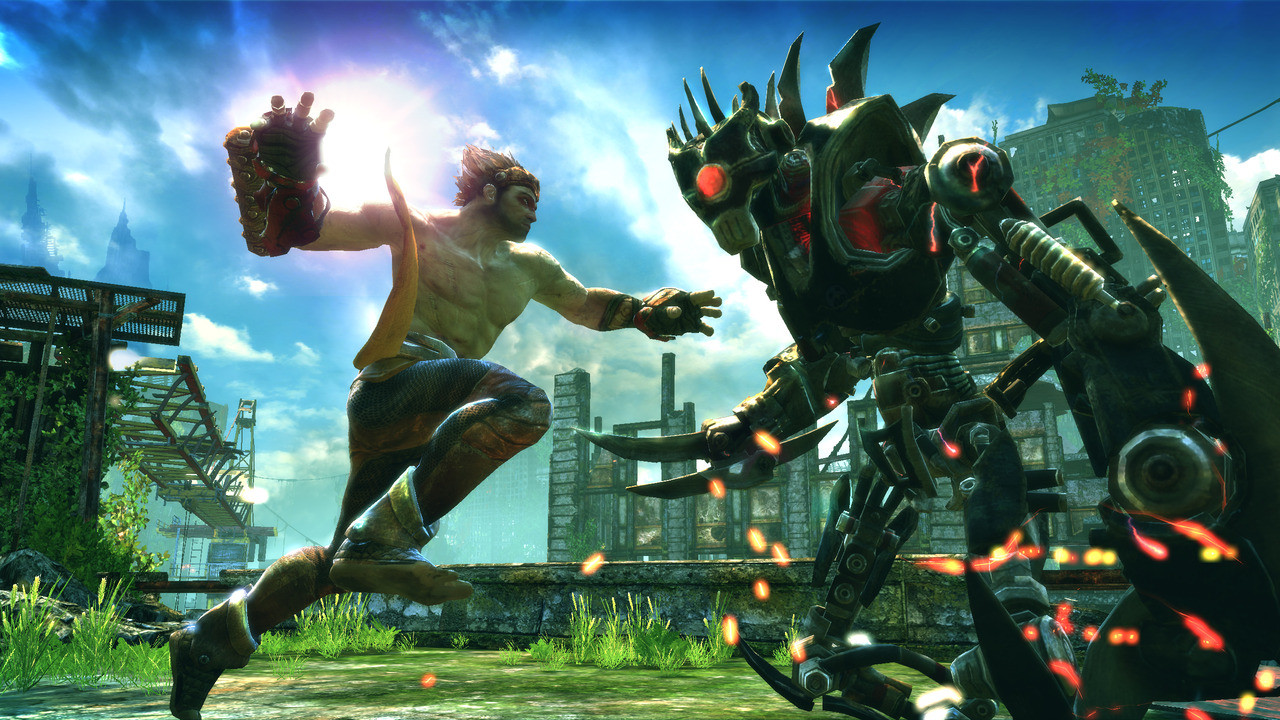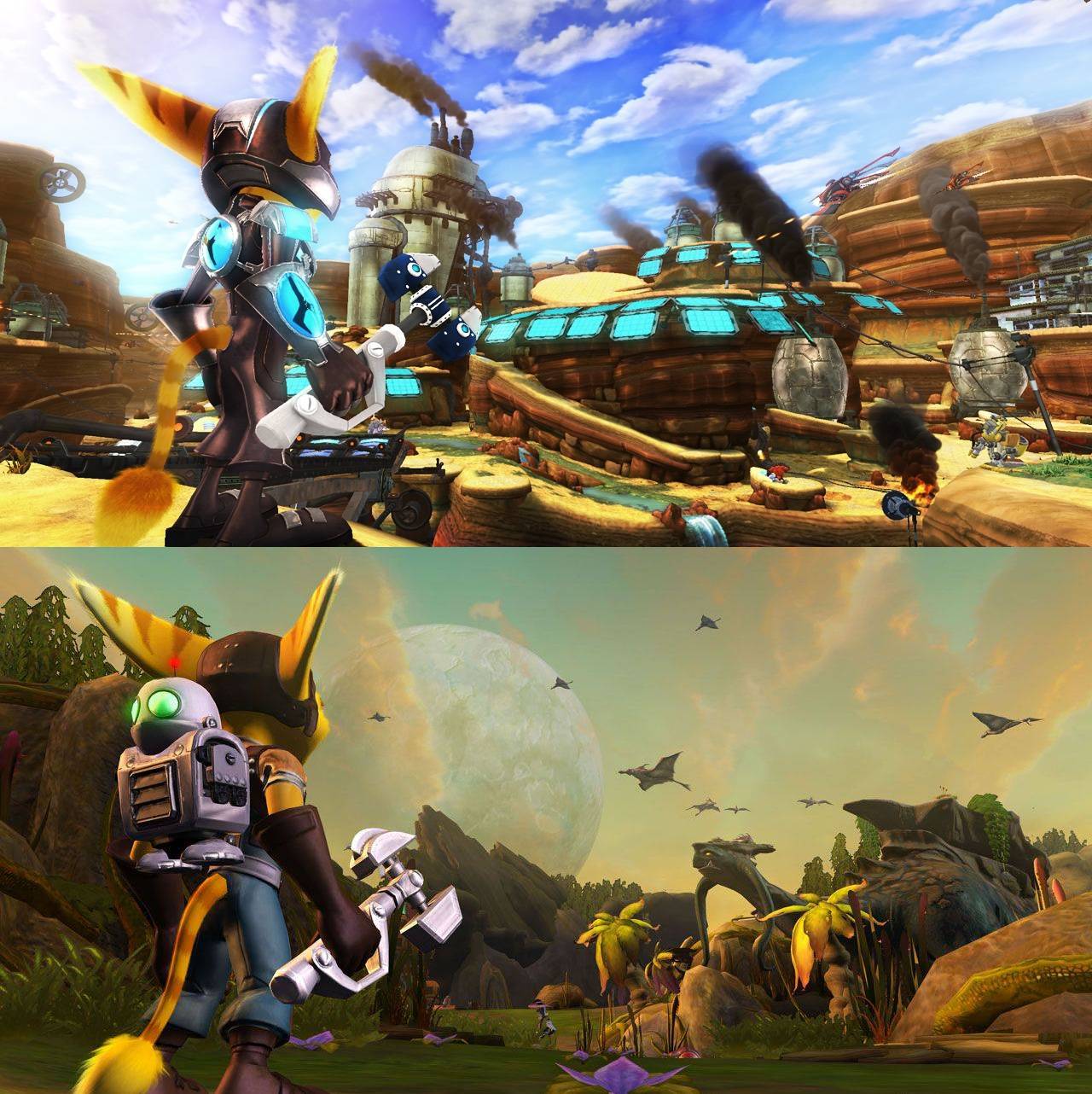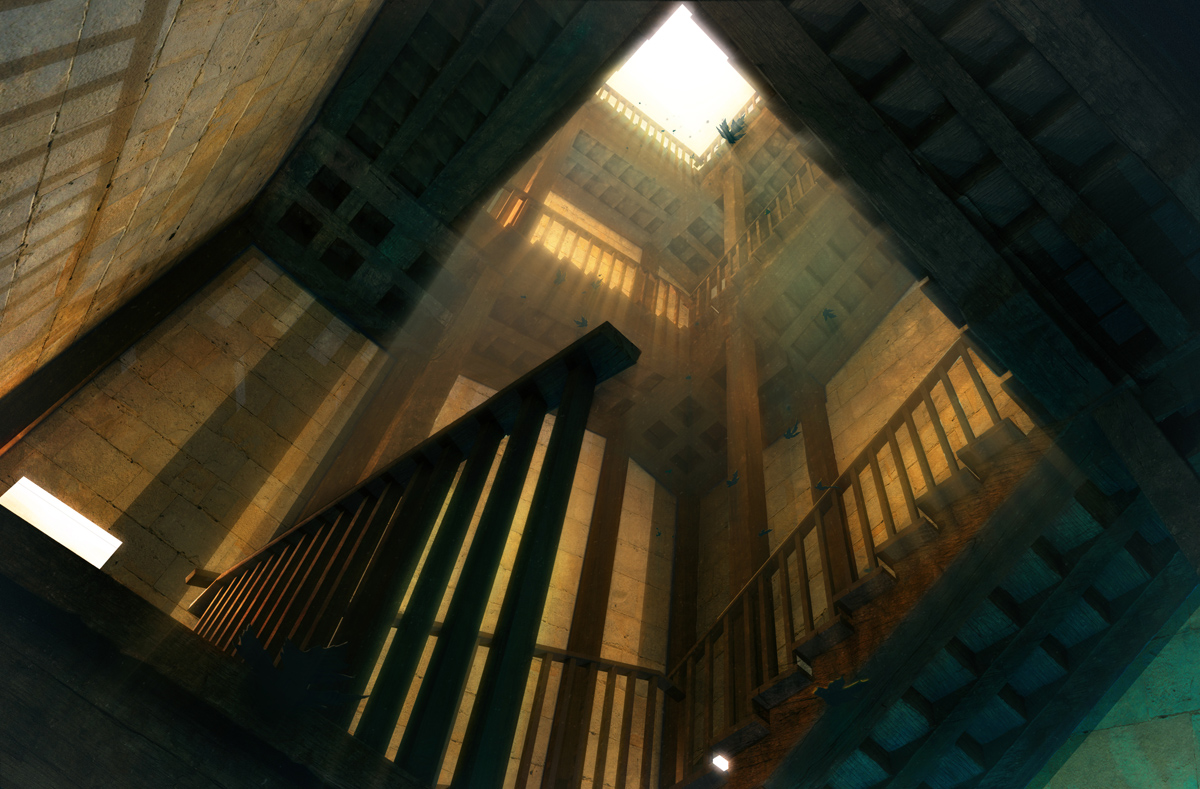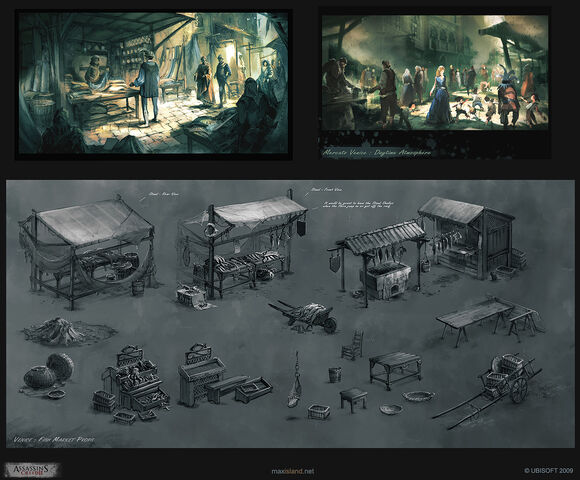Even
though the mere mention of the word 'documentation; is enough to bore
anyone who hears it, the process of careful planning of all your work
from start to finish is what defines a successful project from one
that's doomed to fail. As all projects work to a (usually) strict
deadline, mapping out the development before you actually begin the
creative process is usually vital, to set out all of the activities
you will need to cover throughout the whole project.
To
Prepare for the upcoming documentation I will have to do throughout
my FMP in third year, I will now write up a practice run to try and
nail down the fundamental information needed for any game idea. As
industry requires any creative person to be able to work alongside a
combination of briefs, timetables and technical specifications, its
good practice to write up my own as well as see how it could be
utilised later on.
Project
Outline
My personal aims include
creating a fluent document that states all of the ideas and
specifications I will need to layout my plans for a game of my own
concept and design. Through the process of planning and documentation
I plan to learn the skills necessary to carefully plan every aspect
and stage of my work, from concept to final, which will provide me
with good experience for future projects (especially my third year
FMP).
The platform of choosing
would be current generation consoles, Playstation 3, Xbox 360 and the
Wii U, though I would also make the game available to pc gamers to
reach a wide target audience across as many platforms as possible.
The game would be available through digital download, therefore
cutting costs on a physical release, and making the retail price
lower than most new releases.
The game itself is an
action/adventure, with platforming elements to promote exploration.
The games USP Is the ability to take any material you come across in
the world around you and use it to adapt your character to whatever
situation, to help progress throughout the game. As you play an old
model robot, the ability to modify your character is key to upgrading
your skills as well as changing your appearance throughout the course
of the game. The title is aimed at not only the usual audience of
males between 15 – 20's, but also looks at younger audiences with a
stylisation that is universal such is used in movies and animation by
Dreamworks and Pixar.
I will use 3DS Max for
creating the elements of my idea in 3d, utilising Photoshop for the
texture maps. For testing my assets in-game I will use the UDK
Editor, to see how my creations work within various conditions.
Technical
Specifications
Lead Character
A
clunky old robot, based upon humanoid proportions. Exaggerated
features that are made up of varying parts that are falling apart due
to age. Dressed in wild west attire, wide brimmed hat and ragged
poncho to mirror the desolate and mock western style surroundings.
Triangle
Count: 8000 Tri's
1x1024
and 1x512 Diffuse texture map
1x1024
and 1x512 Normal Map
1x1024
and 1x512 Specular Map
Reference
Imagery:
 |
| IG 88 ~Star Wars Saga |
| Clint Eastwood ~The Good, the Bad and The Ugly |
 |
| Robot Pirates from Ratchet and Clank: Tools of Destruction |
Non-Playable Character
Scavenger
style drone robot, built in the appearance of a metal vulture: used
by an old government to search out valuable scrap to re-use. Are
hostile towards the main character, due to his parts being constantly
replaced with the scrap parts they are programmed to search for.
Triangle
Count: 5000 Tri's
1x1024
Diffuse texture map
1x1024
Normal Map
1x1024
Specular Map
Reference
Imagery:
 |
| Scavenger and Vulture droids respectively from the Star Wars franchise |
Vehicle
A
rusty old hoverbike that has been scrapped together, much in the same
aspect as the main character. Though futuristic, is still an inferior
mode of transport compared to the rest of the worlds alternatives. Is
used to traverse large open areas, and also to reach those areas not
accessible by foot.
Triangle
Count: 3500 Tri's
1x1024
Diffuse texture map
1x1024
Normal Map
1x1024
Specular Map
Reference
Imagery:
 |
| Classic Motorcycle |
 |
| Speeder Bike ~Star Wars |
Environment
A
majority of the areas or levels featured in this game will be large
scale and open to explore at the players own pace, and will range
from wild-west style ghost towns where old mechanical structures dot
the landscape, to overgrown and abandoned forest reserves to bustling
future metropolis'. The more populated areas of the game will be more
restricted in terms of exploration, to save on memory and amount of
intractable assets required to make.
The technical spec's for each games area will vary greatly, though they will feature assets that include overgrown ruined factories, various abandoned vehicles and crashed spacecraft, and other relics of and abandoned world the main character is part of. The opposite will also be included though, with new futuristic constructs and architecture in one of the game worlds few thriving cities. A smaller area that would feature as the game's early stage, would be at least around 15,000 tri's, with various assets with their own 1x512 diffuse, normal and specular maps. As you progress through the game the stages will be expansive, though because of this it means re-using the same assets wont be as obvious and will save on resources.
Finished assets will be manipulated into place using UDK.
Reference Imagery:
 |
| Old Wild West Ghost Town |
 |
| Krell Canyon: From Ratchet and Clank: Tools of Destruction |
 |
| Ruins from Enslaved: Odyssey to The West |
Props and Scenery
Objects
Weapons
A
laser carbine, styled in the same fashion of an old fashioned rifle
but with a cobbled together appearance to show it has been hand made
from old materials. Various other weapons will become available
throughout the game, though none will exceed the budget.
Triangle
Count: 1000 Tri's
1x512
Diffuse texture map
1x512
Normal Map
1x512
Specular Map
Reference
Imagery:
 |
| Various blaster type weapons from the Star Wars saga |



















